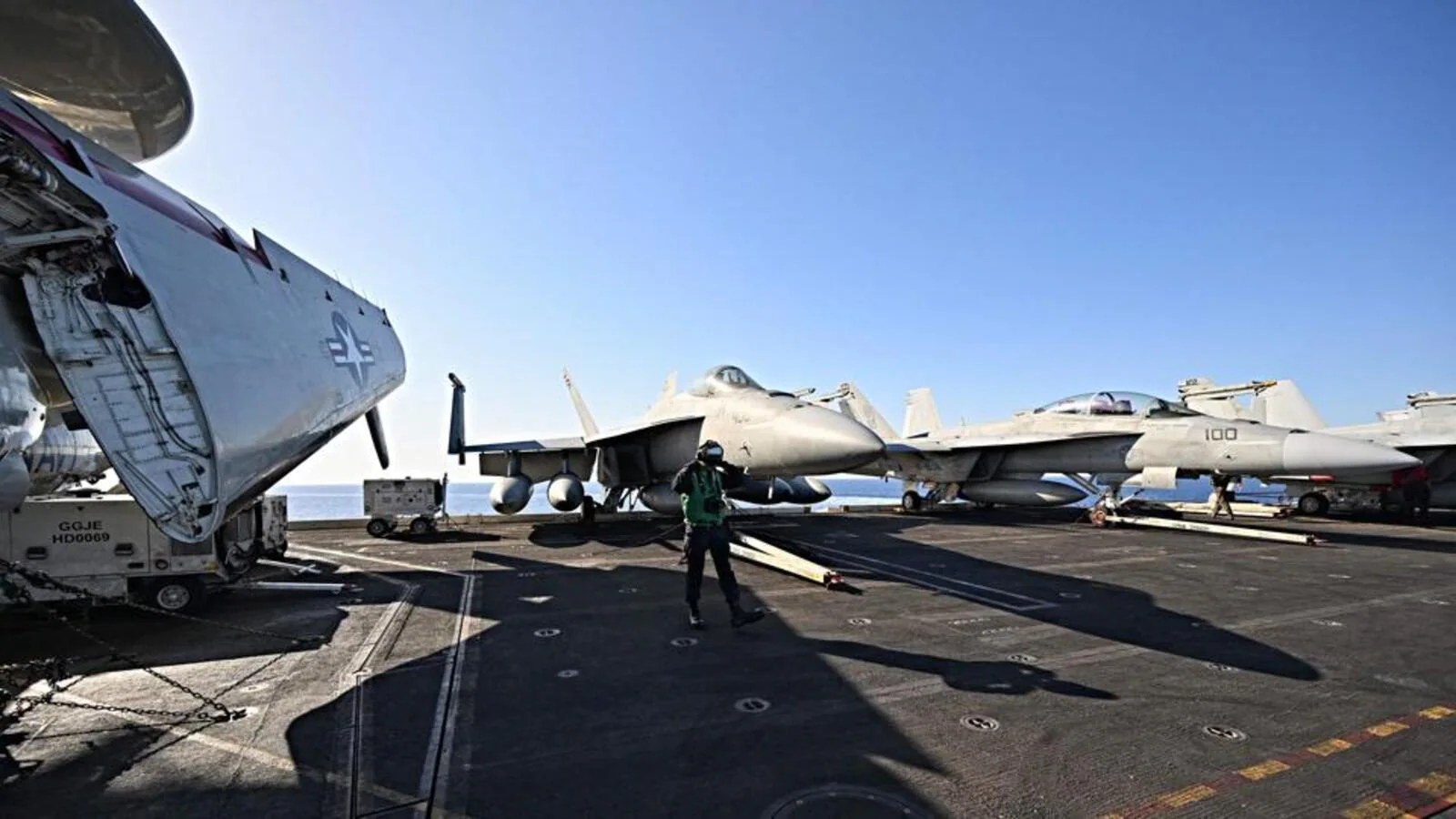Washington: In another signal from the political commitment of Capitol Hill to the strategic relations of the American countries (US), the Senate Armed Service Committee (SASC), in its version of the National Defense Authorization Act (NDAA), has asked Pentagon to step up with India about India about India about India about India about India The problem of “technology that arises, readiness, and logistics” within 90 days after the ratification of the law.
Among other problems, the Senate version of NDAA has identified the ability to collect intelligence, unmanned air vehicles (UAV), 5G, fourth and fifth generation aircraft, and joint research and development (R&D), as a field for cooperation with India. He also asked the Secretary of Defense to submit a report on this issue to the appropriate committee in the Senate and the House of Representatives within 180 days.
The Senate Senate Service Committee (SASC), which has drove the law, has proposed a budget of $ 847 billion for national defense in 2023.
In their comments on the laws and challenges faced by the US, committee chairman, Democrat Jack Reed highlighted the emergence of China as the most “consequence strategic competitors in America, while members of the Ranking Committee, Republic of Jim Inhofe, talked about the Chinese Communist Party” Specifying his Military Modernization which is already historic “.
Process
The DPR passed the NDAA version of the NDAA last week, combining amendments to advocate the neglect of sanctions for India for the purchase of the S -400 missile system from Russia -an acquisition that could trigger sanctions under the handling of American enemies through the sanction sanctions for sanctions sanctions. The executive has the authority to provide neglect, but part of the amendment, proposed by Congress member Ro Khanna, with 330 votes is seen as a political signal for the government.
In the senate, as part of a different process, the language in India has now been included as part of the basic text. This will go through the process of amendment and voting of the floor itself. And then the version of the senate and the DPR will be reconciled at the conference.
If the DPR amendment explicitly refers to the current threat faced by India, including from China, and talks about the need to help India’s diversification from Russia, the Senate version of NDAA focuses on the core policy field for the future where both India and the US are trying to deepen collaboration . This also describes the guidelines to be followed by the executive.
Provision
In section 1246, entitled “Increasing Main Defense Partnerships with India”, the proposed law says that within 90 days after its part, the Secretary of Defense will direct the “Right Personnel” within the Department of Defense (DOD) to “try to involve them colleagues -REWAN “at the Ministry of Defense (MOD) for” the purpose of expanding cooperation in technology, logistics, and readiness that arises “.
Then go out to make a list of problems owned by DOD personnel, “minimal”, must be involved with India. This includes the ability to collect intelligence, UAV, fourth and fifth generation fighter aircraft, maintenance of depots, combined R&D, 5G and open radio access networks (Oran), cyber, cold weather capabilities, and other problems that the secretary sees as relevant.
Among these problems, 5G and Oran have emerged as the main pillars of Indian-US cooperation both in bilateral format and under quad because the two countries are trying to prevent the dominance of China in this sector and produce alternatives. Cold weather capabilities assume the significance when India is locked in military confrontation with China in East Ladakh. Cyber remains a developing convergence area, while there is an increase in bilateral discussions about UAV, especially with American defense companies. And the emphasis on R&D is seen as a recognition of scientific talents that can be brought by India to the table and the awareness that the US must be more open to share technology, the main problem that has prevented further deepening of the bond.
Follow-up
The proposed law then said that the secretary, within six months, must give direction to the Senate and Parliament Committee and provide “eligibility and feasibility assessment” to expand the cooperation with the mod in the regions listed above, and describe the opportunity to expand work the same in other areas.
He also asked the secretary to describe “challenges, including agreements, authority and resources” needed to expand cooperation. The secretary must also give direction to the committee regarding security considerations to ensure R&D protection, intellectual property and US equipment.
The proposed law also asked the secretary to identify opportunities for academics and the private sector to participate in the cooperation that was expanded with MOD, a provision that could help India’s efforts to seduce foreign capital in defense areas to “make in India”.

